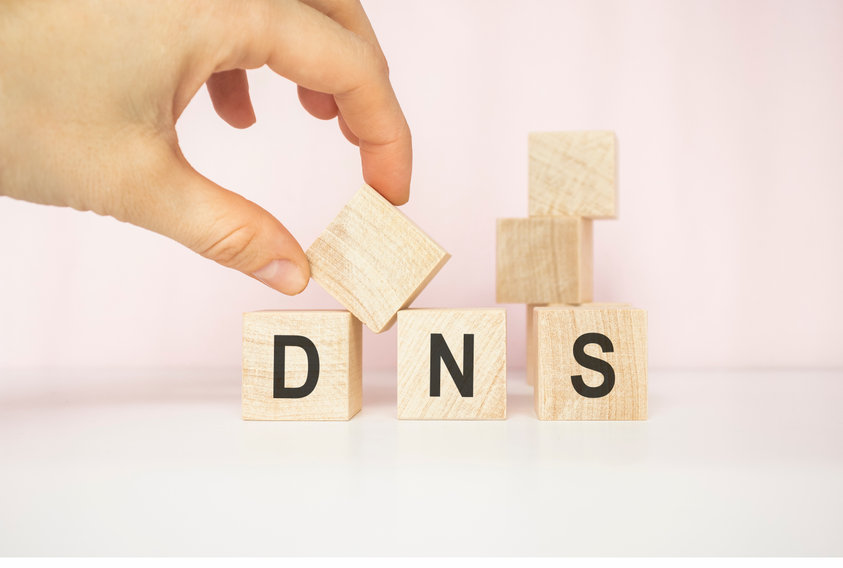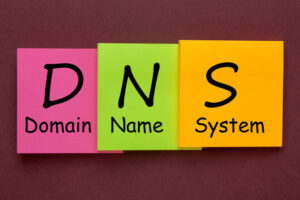Do you want to learn more about DNS attack types? If the answer is yes, you are in the right place. In this article today, we will explore the 3 common ones and how to fight them. But first, let’s explain what a DNS attack actually is.
What does a DNS attack mean?
DNS was designed to reply to queries correctly and efficiently, not questioning their intent. As a result, DNS has significant flaws and the potential to be used as a conduit for cyber-attacks. So, we can say that a DNS attack occurs when hackers take advantage of weaknesses in the Domain Name System (DNS).
Continue reading “3 Common DNS attack types and How to Fight Them”






